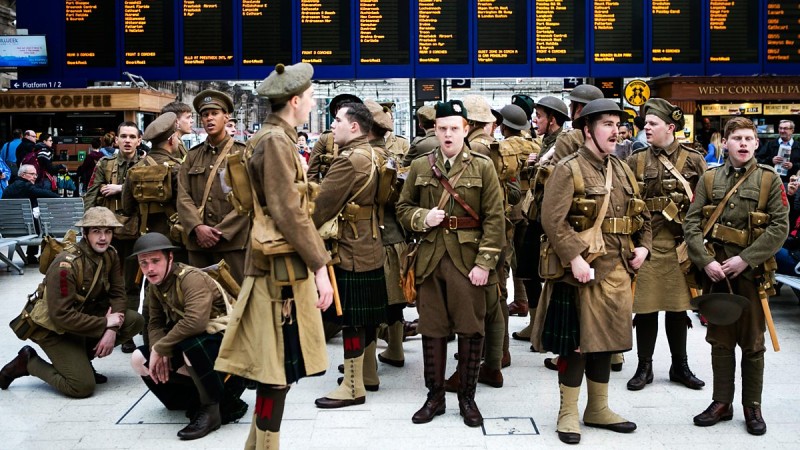Could Public Spaces Better Serve the Public?
So far, 2020 has been a year of extraordinary transformation. The coronavirus pandemic has left many people bewildered, grieving, and adapting to altered personal and economic circumstances. We’ve also had to rethink the spaces we occupy, from the domestic spaces that we’ve been forced to spend more time in to our public spaces. Some have been closed entirely for months, others have opened up, and still more have been made accessible or repurposed – in some places, entire streets are closed to traffic for use as temporary parks. It is a moment to think about public space: who owns it, who governs it, how and when and by whom it is used.

As the pandemic has encouraged us to reconsider the value of our public spaces, other recent events have brought a dramatic change in tempo to the places in which we gather. In the Black Lives Matter protests, people have taken to the streets to demand justice which is seen as long overdue, forcing us to address issues such as systemic racism and white supremacy. This new civil rights movement has challenged us to reconsider what is and isn’t appropriate in public places in terms of objects, artworks and behaviours. One of the most inspiring acts during these demonstrations was the painting of ‘BLACK LIVES MATTER’ on the avenue leading up to the White House in Washington, D.C., and the renaming of part of 16th Street to ‘Black Lives Matter Plaza’. Created by an artist collective, MuralsDC, as well as the public works department and many volunteers, the work, and its accompanying new street sign, reveal how quickly a place can be rethought.
As a curator I have commissioned artists to work in many situations. In each different context, understanding the many diverse stakeholders that use and define what is ‘public’ is critical, and social collaboration is absolutely central. Conversations often begin with a group of people who want to engage a larger group, or by bringing an artist or group of artists to the table. There needs to be room for flexibility and spontaneity.

I’ve also seen first-hand the impact an artist’s work can have on a place, how it can change the perception of where and how art should be experienced. The Fourth Plinth programme in London’s Trafalgar Square is widely acknowledged as a hugely successful public art project. As an ongoing programme of temporary works, it involves the public as well as the commissioning group, a diverse and informed committee of people, in the final process of selecting the artists. I was a member of the commissioning group for eight years and think the project is important for the way it stimulates debate, not only about contemporary art practice but about important current issues. As a model for commissioning public art, it has been emulated both nationally and internationally, and it has also affected how public space can be used.

14-18 NOW was a large-scale public art programme that commemorated the centenary of the First World War. As the visual arts curator I collaborated with a range of organisations to realise various projects in urban parks, gardens, forests, city squares, government buildings and museums. Jeremy Deller’s work, We’re here because we’re here, was an extraordinary example of how a diverse group of people could transform public space. For one day, volunteers representing individual soldiers who had died on the first day of the Battle of the Somme in 1916, walked in their battalions through railway stations, streets, and shopping malls, in towns and cities across the country. The work was a nationwide performance that addressed the question of who should be commemorated, by whom and in what way.
In light of current events inspired by the struggle for racial justice and when the value of so many public statues – such as that of Edward Colston in Bristol – is being called into question because of who or what they memorialise, it’s important to consider what alternatives have been created in the past and what we can do together in our public spaces in the future.
From the July/August 2020 issue of Apollo Magazine.